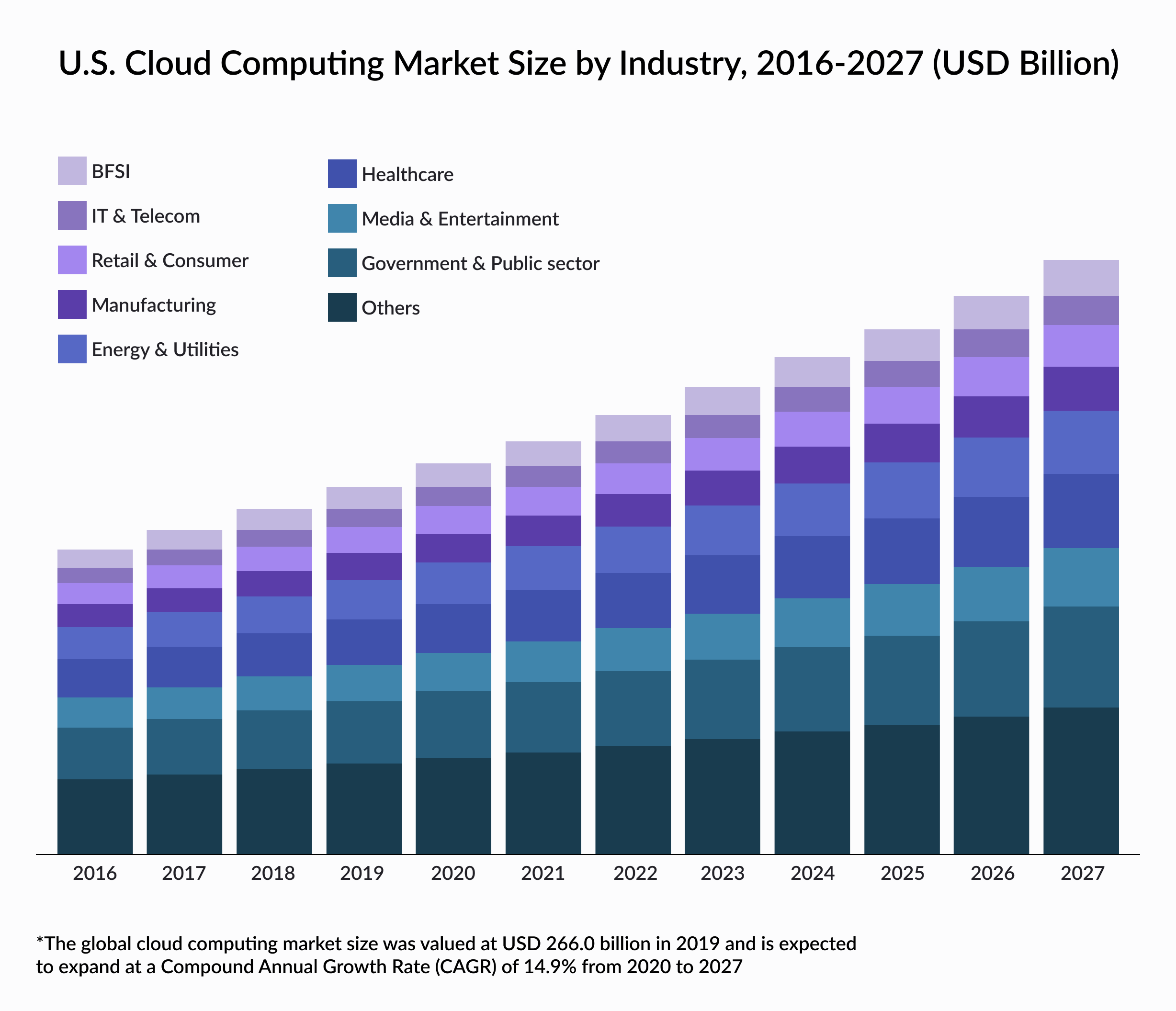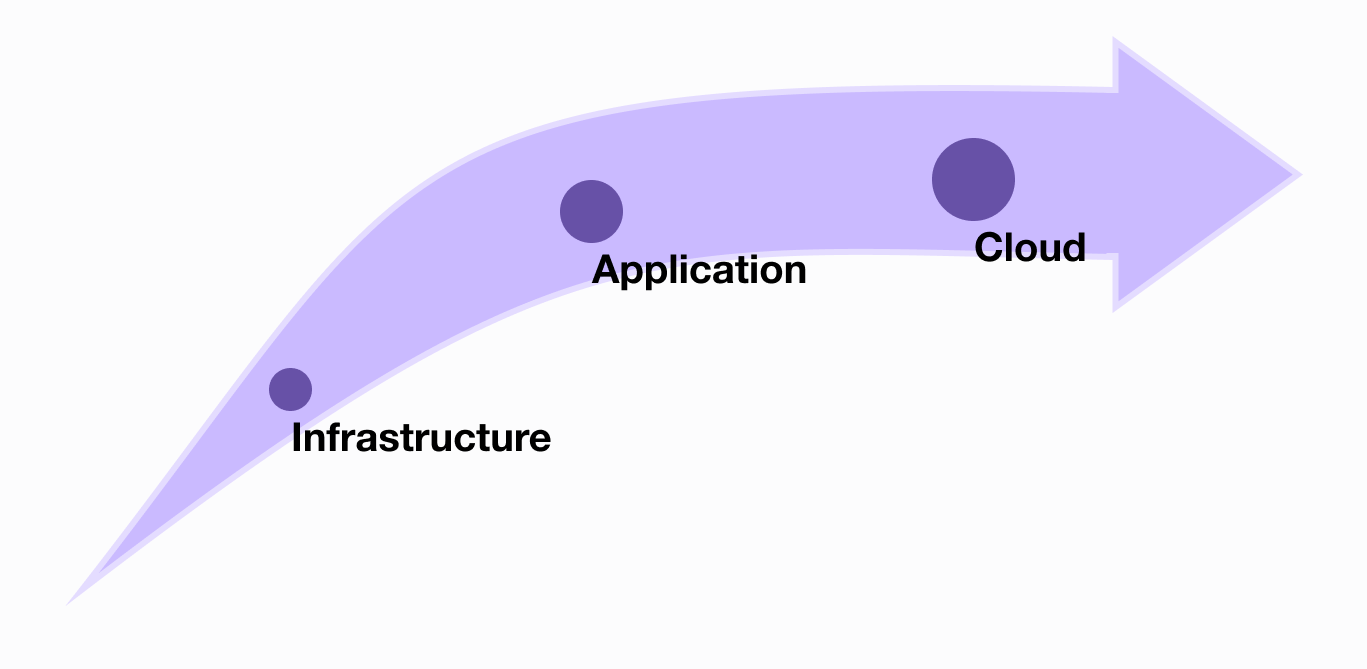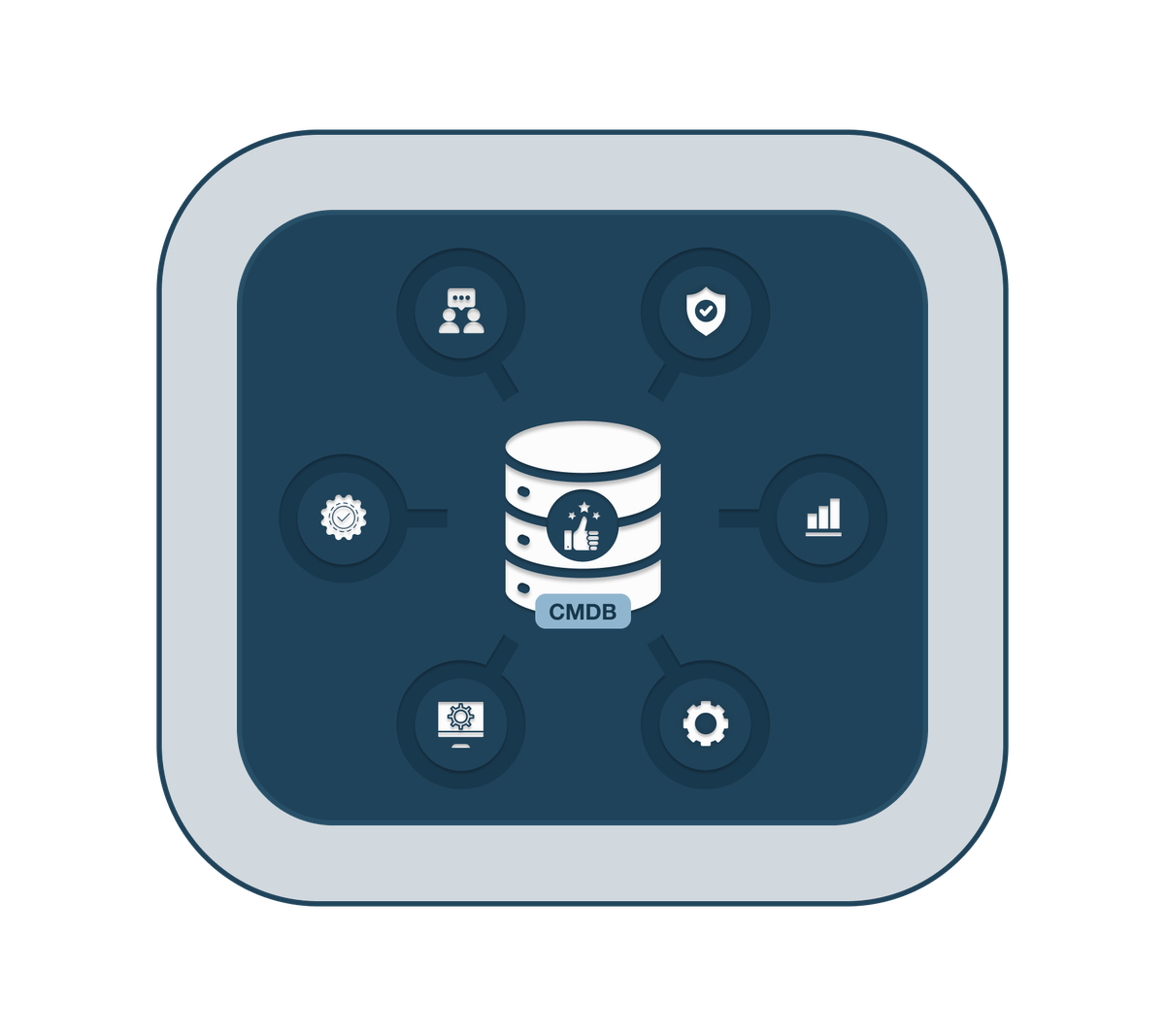The Problem: Technology changes quicker than we can control it
I have been fortunate to witness the evolution of Information Technology (IT) from the early days of personal computing to the latest cloud technologies. I have seen the good and bad of IT from dabbling with PCs in 1983 to building my first network in 1987 on Novell to managing the chaos of a world that includes a mixture of Mainframes, data centers, personal computing, cloud computing, and ubiquitous networks where we are always connected and to systems. The future of IT is being developed as we speak, with much-hyped AI capabilities evolving.

Figure 1: Growth in Cloud Consumption
Navigating the realm of technological components, including physical devices, virtual entities, and user interactions, has become increasingly challenging. Understanding the location, functionalities, and users of these elements poses vital questions related to impact, cost, and security. Addressing these queries has become progressively tougher due to the growing complexity of technologies, such as serverless code, databases with no apparent links to physical hardware, and virtual transactions.
In the past, grappling with these issues was challenging, but feasible, despite scattered information. Presently, the escalating complexity, driven by technological advancements, makes it even more daunting. For instance, concepts like serverless code and database services with no tangible connections to physical hardware can be perplexing, even for seasoned professionals.
Recognizing the need for support, I reflect on the early '90s when understanding the network sufficed to gain insights into system components and performance. Monitoring availability served as a straightforward measure. However, as technology evolved, businesses emphasized the inadequacy of merely knowing if something is available. This spurred my personal journey in IT, focusing on comprehending the interrelationships within Configuration Management Databases (CMDBs).
Throughout this journey, I built numerous CMDBs on diverse platforms, such as HP UCMDB, BMC's Atrium, and ServiceNow CMDB. Despite gaining a grasp of the system, each time I thought I had it figured out, a new technology emerged, disrupting the existing understanding. The persistence of old practices alongside the introduction of disruptive technologies created a cycle of comprehension and disruption. Predictions of the demise of CMDBs accompanied each technological breakthrough, yet no viable alternatives were proposed. These predictions often addressed new challenges but overlooked the fundamental problems that CMDBs were designed to solve.

Figure 2: CMDB CI Growth in complexity over the years
The IT industry has undergone a series of technological shifts that have disrupted traditional Configuration Management Databases (CMDBs). The latest of these shifts is the Cloud, with its dynamic technologies. Initially, when virtualization became mainstream technology with VMWare, it posed the first challenge to the start-and-stop nature of CMDBs. One premise of Configuration Management was that no changes should occur to a CMDB not first approved by a Change request. However, when VMWare introduced infrastructure that could move between physical infrastructure when load requires it, that tenet of Configuration Management became outdated. This is because a change in the ITIL paradigm was a formal process where people create gates of approval to protect the infrastructure from unknown events, and theoretically, it was based on static infrastructure. The situation only became worse with containerized infrastructure and technologies such as Kubernetes that allow infrastructure to scale up and down based on demand.
In this context, the adoption of innovative solutions is crucial for staying competitive. One such innovation is the Cloud Configuration Management Database (CMDB), which is reshaping the landscape of IT management. A Cloud CMDB is a database that stores information about the configuration items (CIs) in a cloud environment. It is designed to manage the dynamic nature of cloud infrastructure and provide real-time visibility into the state of the cloud environment. For example, a Cloud CMDB can track the number of virtual machines running in a cloud environment and their current state. It can also track the relationships between different CIs, such as the relationship between a virtual machine and the physical host it is running on. The significance of a Cloud CMDB in contemporary IT environments is that it provides a primary source of truth for the configuration of cloud infrastructure. This helps IT teams to manage the complexity of cloud environments and ensure that they are compliant with regulatory requirements.
Look out for Part 2 of this blog series where we will Consider the benefits of a Cloud CMDB

